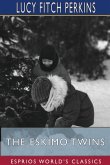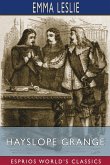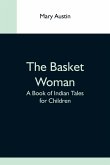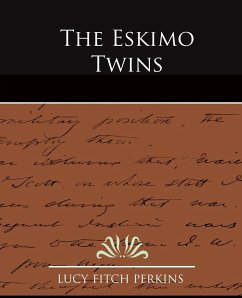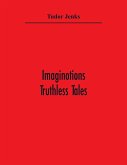John Leighton (15 September 1822 - 15 September 1912) was an English artist notable for his book illustrations and book cover designs. His talent for design found early expression in the publication Suggestions in Design ... for the Use of Artists and Art Workmen (1852). This was a work that expounded Leighton's values and beliefs with regard to the history of design. He used the ornaments and designs repeatedly in the thirty years after its publication with regard to illustrations within books, and for many hundreds of drawings for book cover designs.


